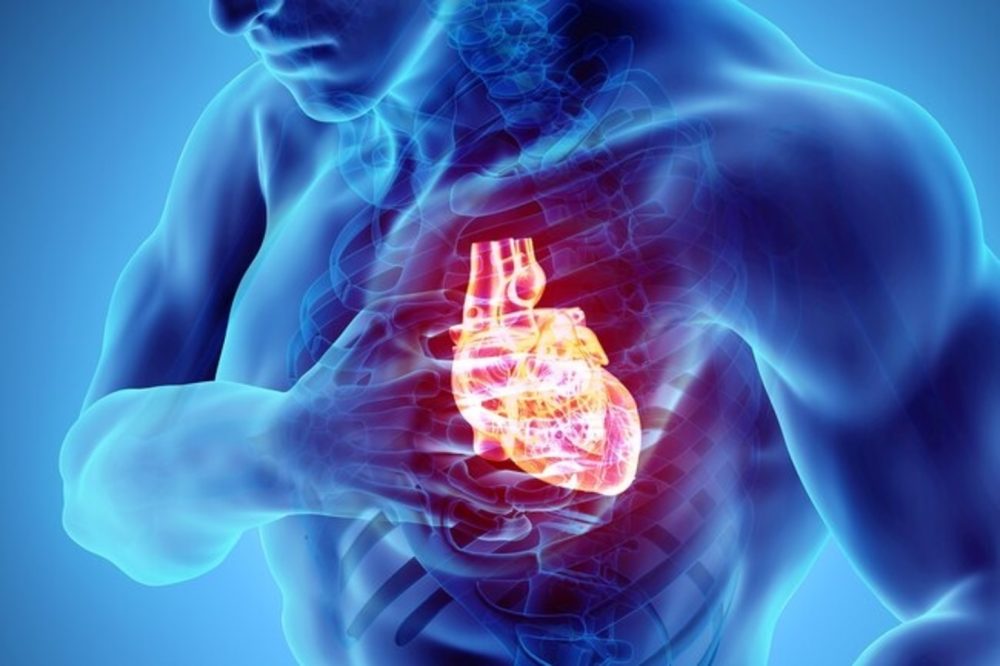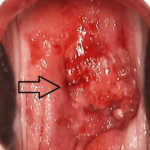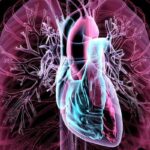Cardiac arrest is a sudden and severe medical emergency that can lead to death if not treated immediately. It is a condition where the heart unexpectedly stops beating, leading to a loss of blood flow to vital organs, including the brain. In this guide, we will explore the causes, symptoms, treatments, and preventive measures of cardiac arrest, providing you with essential knowledge to recognize the signs and respond effectively.

What is Cardiac Arrest?
When the heart’s electrical system malfunctions, disrupting its ability to pump blood. This can lead to a complete halt in the flow of oxygen-rich blood throughout the body. It differs from a heart attack, which is the result of a blockage in the coronary arteries, preventing blood from reaching the heart muscle. However, both conditions are serious and can often be linked.
Causes
Several factors can trigger cardiac arrest, including:
1. Coronary Artery Disease
The most common cause of cardiac arrest is coronary artery disease, where plaque builds up in the coronary arteries, narrowing them and restricting blood flow to the heart. This can cause arrhythmias (irregular heartbeats) that may result in cardiac arrest.
2. Arrhythmias
Irregular heart rhythms, such as ventricular fibrillation or ventricular tachycardia, are the most direct causes of cardiac arrest. These abnormal rhythms disrupt the heart’s ability to pump blood effectively.
3. Heart Attack
While a heart attack doesn’t directly cause cardiac arrest, the damage it causes to the heart muscle can lead to fatal arrhythmias and, consequently, arrest.
4. Electrolyte Imbalances
Imbalances in the body’s electrolytes (sodium, potassium, calcium) can affect the electrical impulses in the heart, leading to arrhythmias and sudden cardiac arrest.
5. Genetic Factors
Certain inherited conditions, such as Long QT syndrome, Brugada syndrome, and hypertrophic cardiomyopathy, can increase the risk of cardiac arrest by causing abnormal heart rhythms.
6. Drug Use
The use of stimulants like cocaine or certain medications can increase the risk of arrhythmias, which can precipitate cardiac arrest.
7. Other Medical Conditions
Other factors, including severe blood loss, trauma, drowning, or respiratory arrest, can also cause cardiac arrest by disrupting the heart’s rhythm or oxygen levels.
Symptoms
Its a happens suddenly, often with no warning. However, there are certain signs that may precede it:
- Sudden loss of consciousness: The person may collapse and become unresponsive.
- No pulse or breathing: The heart stops beating, and the individual will not be able to breathe normally.
- Chest pain or discomfort: This can occur before the cardiac arrest in some cases.
- Lightheadedness or dizziness: The individual may feel faint or dizzy before losing consciousness.
Recognizing these symptoms early and acting swiftly can dramatically improve the chances of survival.
How to Respond
Immediate response is crucial in improving survival rates. The following life-saving actions should be taken:
1. Call for Help
Immediately dial emergency services (911 or your local emergency number) to ensure professional medical help is on the way.
2. CPR (Cardiopulmonary Resuscitation)
If the person is not breathing or unresponsive, begin CPR. This involves chest compressions and, if trained, rescue breathing. The compressions should be hard and fast, aiming for a rate of 100-120 compressions per minute.
3. Defibrillation
A defibrillator (AED) can be used to deliver an electric shock to the heart in an attempt to restore a normal rhythm. If an AED is available, use it as soon as possible.
4. Follow Up with Medical Attention
Even if the person regains a pulse, they will need immediate medical evaluation and care to address the underlying cause of the arrest.
Treatment Options
Once the individual is stabilized, several treatments may be necessary to address the root cause of the arrest:
1. Medications
Medications such as antiarrhythmic drugs may be administered to stabilize the heart’s rhythm.
2. Implantable Cardioverter-Defibrillator (ICD)
For individuals at high risk of cardiac arrest, a device called an ICD can be implanted to continuously monitor the heart’s rhythm and deliver shocks if necessary.
3. Coronary Artery Bypass Surgery or Angioplasty
If coronary artery disease is the cause, surgery or angioplasty may be performed to restore blood flow to the heart.
4. Heart Transplant
In cases of severe heart failure, a heart transplant may be required to prevent further episodes of cardiac arrest.
Preventing
While not all cases can be prevented, several lifestyle changes and medical interventions can reduce the risk:
1. Healthy Diet and Exercise
Maintaining a heart-healthy diet and regular physical activity can reduce the risk of coronary artery disease, high blood pressure, and obesity—key contributors.
2. Manage Existing Conditions
Conditions such as high cholesterol, diabetes, and hypertension should be properly managed to reduce the risk of heart problems.
3. Avoid Smoking and Excessive Alcohol
Smoking and heavy drinking increase the risk of developing heart disease, which can eventually lead to cardiac arrest.
4. Routine Medical Checkups
Regular checkups can help detect underlying heart conditions early and allow for timely intervention.
5. Genetic Counseling
For individuals with a family history of inherited heart conditions, genetic counseling and regular screenings may help identify and manage risks.
Survival Rates and Recovery
Survival rates for this are unfortunately low, with only about 10% of out-of-hospital cardiac arrest victims surviving. However, survival chances improve significantly with early intervention—particularly if CPR and defibrillation occur within minutes of the event.

